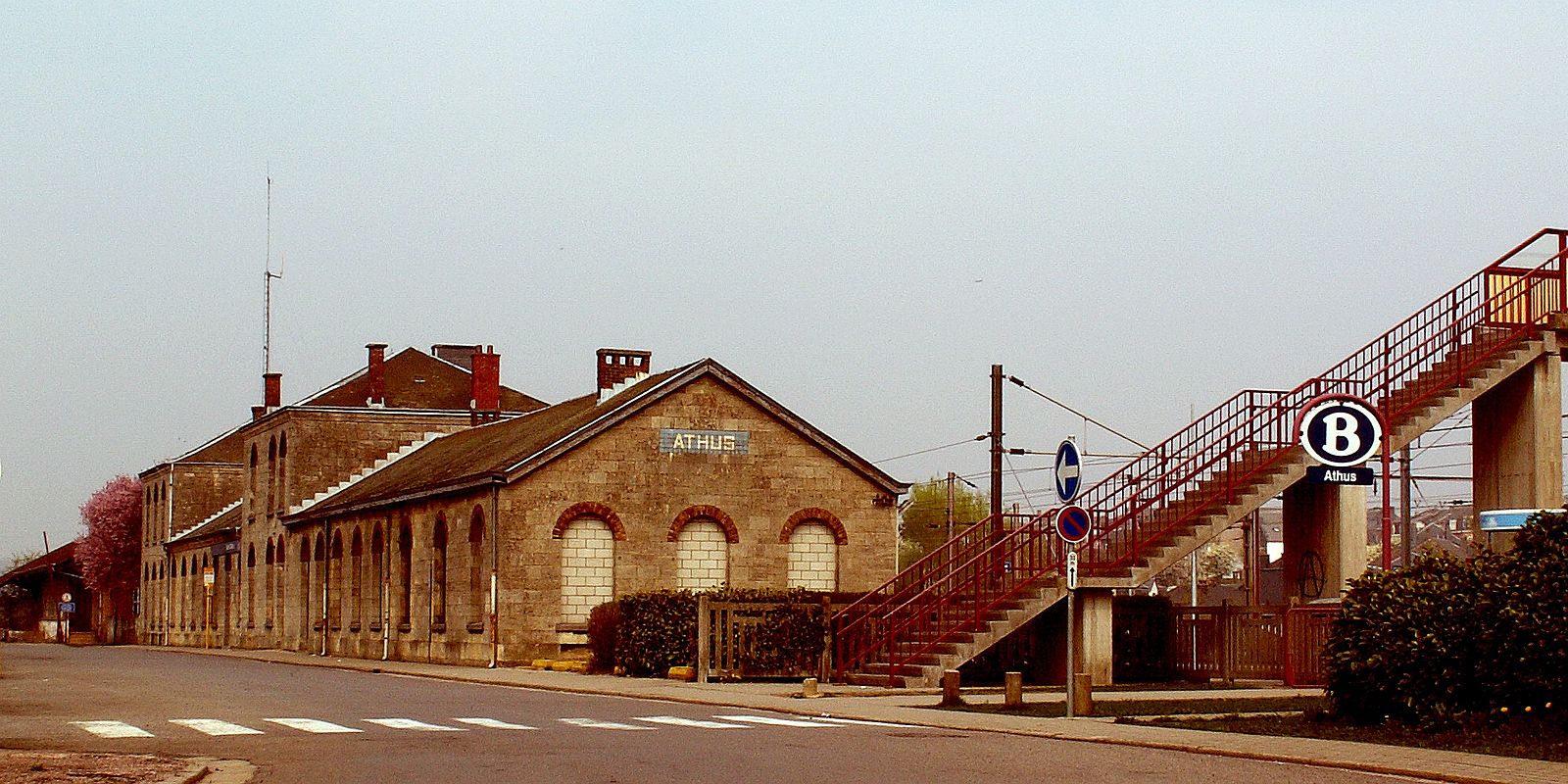Source: Wikicommons. Used under a Creative Commons Attribution-Share Alike 3.0 Unported license / Source: Wikicommons. Utilisé sous licence d’attribution non commerciale-partage à l’identique 3.0 Unported
By Pascal Raggi
With deindustrialisation taking place throughout the Western industrial world since the 1960s, the considerable reduction in the number of workers and even the disappearance of entire sections of the industrial world – such as extractive industries with, for example, the closures of the last underground coal mines in France (La Houve – Creutzwald, April 2004) and Great Britain (Kellingley, December 2015) – have led to a focus of historical studies on working-class communities and their threatened and ultimately disappearing economic, mental, political, and social universe (Cowie, 2010 ; High, 2003). Easily identifiable and plentiful in the past, industrial workers – metalworkers, miners, steelworkers, workers of the automotive or of the textile sectors, etc. – became, in the late twentieth and early twentieth centuries, the symbols and even victims of the process of deindustrialization that has socially destructured a large part of the Western industrialized countries since the 19th century.
At the same time, technical developments have transformed the way people work. Automation, computerization, mechanization and robotization have thus helped women and men in blue-collar jobs, while sometimes accelerating the disappearance of their professions. Jointly, the increasing technical nature of companies and industrial work has necessitated the use of increasingly qualified personnel with employee status. Sometimes closer to the supervision and management provided by executives and engineers, these employees are more difficult to identify than workers. Especially so as their status can be very volatile, as Cédric Lomba reminds us in the case of Belgian steel workers (Lomba, 2004). And while the relative share of male and female employees has been increasing in the industrial workforce, the complexity of defining the tasks they perform makes their study less straightforward than that of the working class.
Paradoxically, while in some industrial sectors their numbers eventually exceeded those of workers – as in the French steel industry after 1989 (Raggi, 2019) – the diversity of their professional activities (administration, accounting, management, supervision, management, technical specialization, etc.), or even their hierarchical position – we are thinking here of foremen – and even the gendered distribution of certain occupations, which has been highlighted since the beginning of industrialization (Gardey, 2001), complicate the production of large-scale synthesis studies on their subject. Another complicating factor is the less uniform trade union representation, which can hamper the creation of major historical or even political narratives on the history of female and male employees in deindustrialization. The proximity of some managers, employees and engineers to bosses in the offices can even create suspicions of ideological and political rapprochement with them!
In order to ensure that employees, engineers and managers are not the forgotten workers of historians of deindustrialization, the latter can place their history in the long time scale of industrialization/deindustrialization. Indeed, from the end of the 19th century, their roles are fundamental in the functioning of industrial enterprises. And then, from the second half of the 20th century, in the collective and Western imagination, the ‘office’ even became the archetypal workplace. The professional world of the service sector (including that of industrial services) thus dominated the field of professional representations, just as the “social-sad” image of industrial workers (Noiriel, 1986) was able to prevail over more positive visions of industry. White-collar workers (Wright Mills, 1951) even became, in Western countries and during the 20th century, the symbols of the averageness of the industrial societies that emerged in the 19th century. Although democratic appeasement does not necessarily accompany the demographic growth of the middle classes (Kocka, 1989), it is undeniable that their social role ends up becoming central in industrialized societies. And having studied how deindustrialization is challenging the centrality of the working class in the world of work, particularly through désouvriérisation (Vigna, 2012), it is time to ask what consequences this has for the middle class to which managers, employees and engineers in industry belong.
At a time when workers in the industrial sector are being supplanted numerically by employees in the logistics sector, and “the transition from industrial worker to warehouse worker, and from factory to warehouse, which is the corollary of a long period of deindustrialization of the territories, is a contemporary phenomenon of the decline in the level of working-class jobs and the emergence of the phenomenon of poor workers” (Fourquet & Cassely, 2021, p. 271), a return to the recent history of those whose status may have been envied by workers would be welcome.
Editor’s Note: This is the first in a series of monthly DePOT blogs about emerging research within the project and outside of it. If you are interested in writing a blog, please contact the series editor at steven.high@concordia.ca . We aim to publish a range of perspectives.
Pascal Raggi is a lecturer at the University of Lorraine, researcher at the Centre de Recherche Universitaire Lorrain d’Histoire and scientific director of the Musée de l’Histoire du Fer. Pascal Raggi spent his childhood and youth in the mining and steel-producing Pays-Haut of Meurthe-et-Moselle (north-eastern France). The grandson of two iron ore miners, he is also the son of a former accountant of Lormines, the last French company to exploit the iron ore mines of Lorraine. Thus, his family was directly involved in the history of the industry in this region. Born in 1971, he experienced the disintegration of an old industrial world that had forged the strong cultural and social identity of the Hommes du fer since the end of the 19th century.
His current research concerns industrial, mining and social history in the 20th and 21st centuries. He recently co-edited with François Audigier Les syndicats face à la violence militante des années 1980 à nos jours (Riveneuve, 2018), published La désindustrialisation de la Lorraine du fer (Éditions Classiques Garnier, 2019) and directed Un après-mine imprévu (PUN-Éditions Universitaires de Lorraine, 2019).






